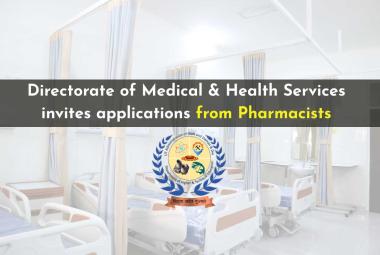BIOSENSOR - Micro electrochemical device
 About Authors:
About Authors:
Vedant M. Pandya
Department of biotechnology, shree M & N Virani science college,
Rajkot, India-360005
vedantpandya007@gmail.com
ABSTRACT
A biosensor is a device for the detection of an analyte that combines a biological component with physicochemical detector components. An integrated device consisting of a biological recognition element & a transducer capable of detecting the biological reaction & converting it into a signal which can be processed. Ideally, the sensor shod be self-contained, so that it is not necessary to add reagents to the sample matrix to obtain the desired response. There are a number of analytes which are measured in biological media: pH, partial pressure of carbon dioxide, partial pressure of oxygen & the ionic concentration of sodium, potassium, calcium & chloride. Biosensors are typically classified by the type of recognition element or transduction element employed. Sensors might be described as a catalytic biosensor if it is recognition element comprised an enzyme or series of enzymes, a living tissue slice, or whole cells derived from microorganisms such as bacteria, fungi, or yeast. The sensor might be described as a bioaffinity sensor if the basis of operation were a biospecific complex formation. Accordingly, the reaction of an antibody with an antigen or hapten, or the reaction of an ageist or antagonist with a receptor, could be employed. In the former case, the sensor might be called an immunosensor. Since, enzyme-based sensor measure the rate of the enzyme-catalyzed reaction as the basis for their response, any physical measurement which yield a quantity related to this rate can be used for detection. The enzyme may be immobilized on the end of an optical fiber, & the spectroscopic properties related to the disappearance of the reactants or appearance of products of the reaction can be measured. Since biochemical reaction can be either endothermic or exothermic. Miniaturized thermistor based calorimeter called thermistos, have been developed & widely applied, especially for bioprocess monitoring.



 About Authors:
About Authors:  About Authors:
About Authors:





